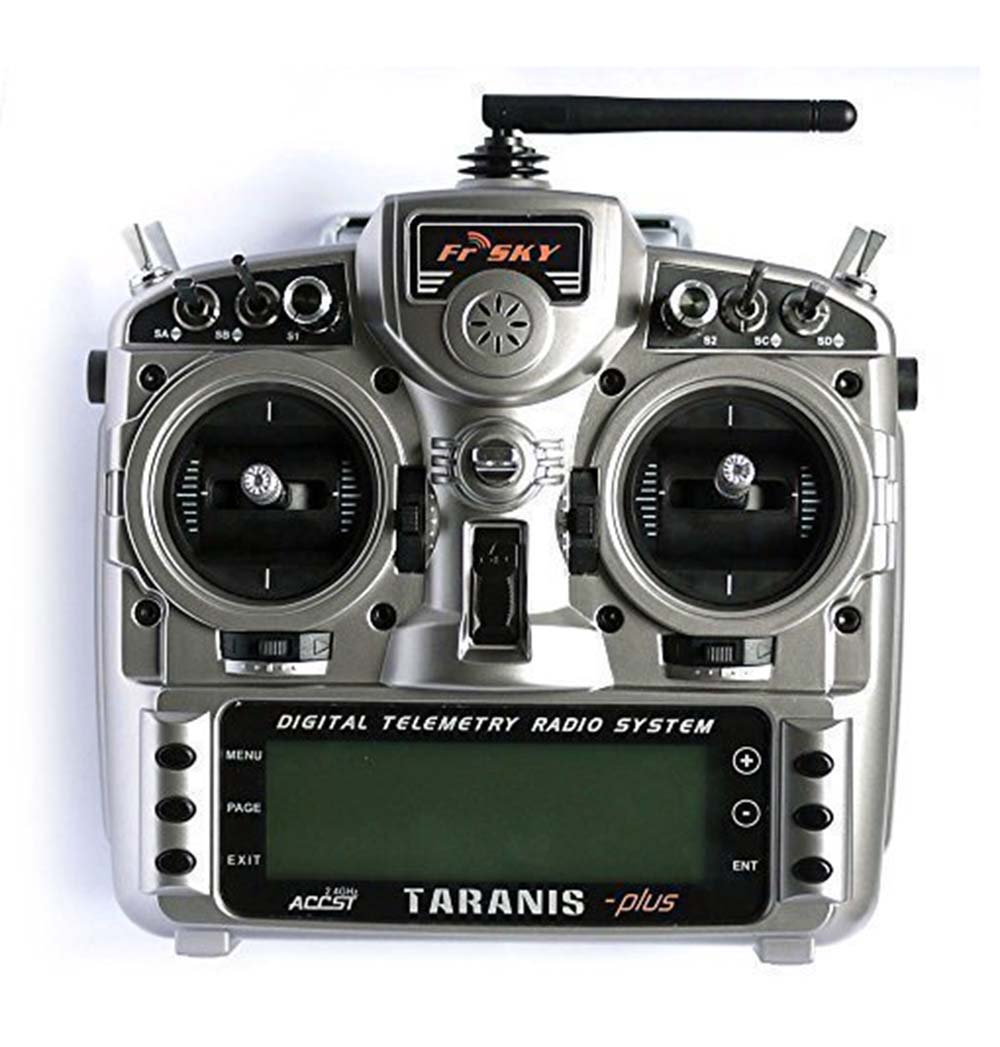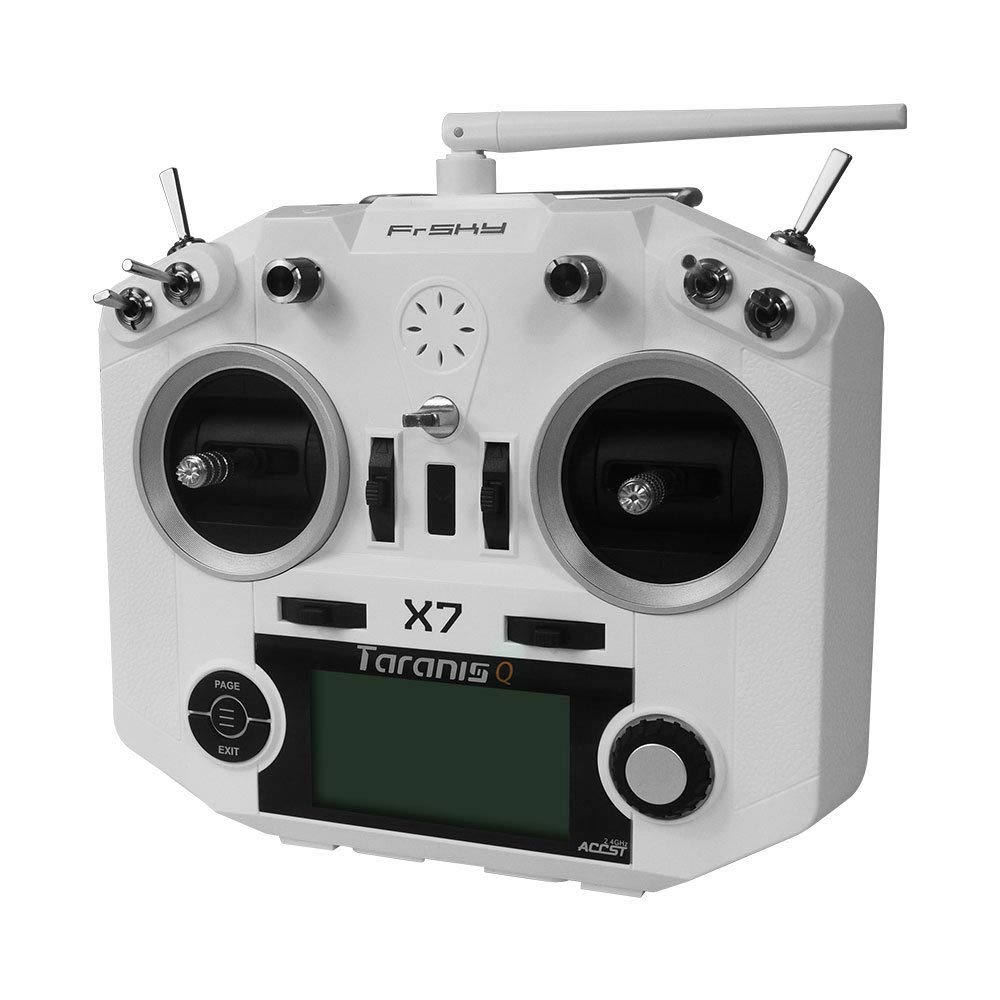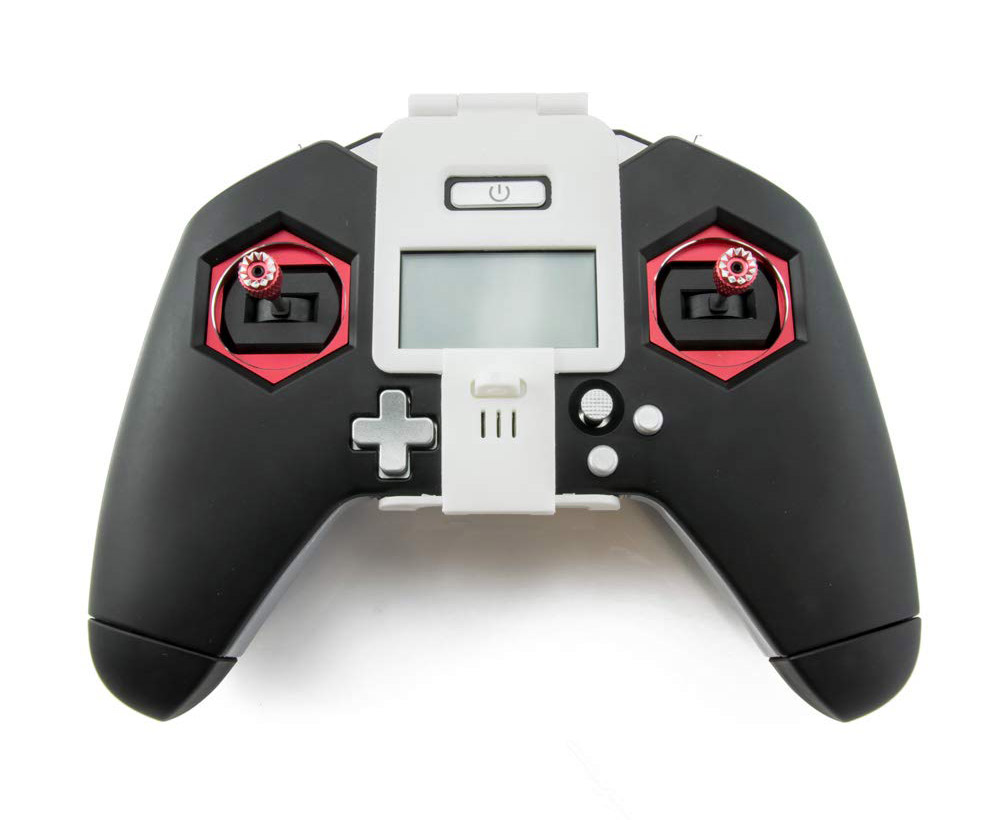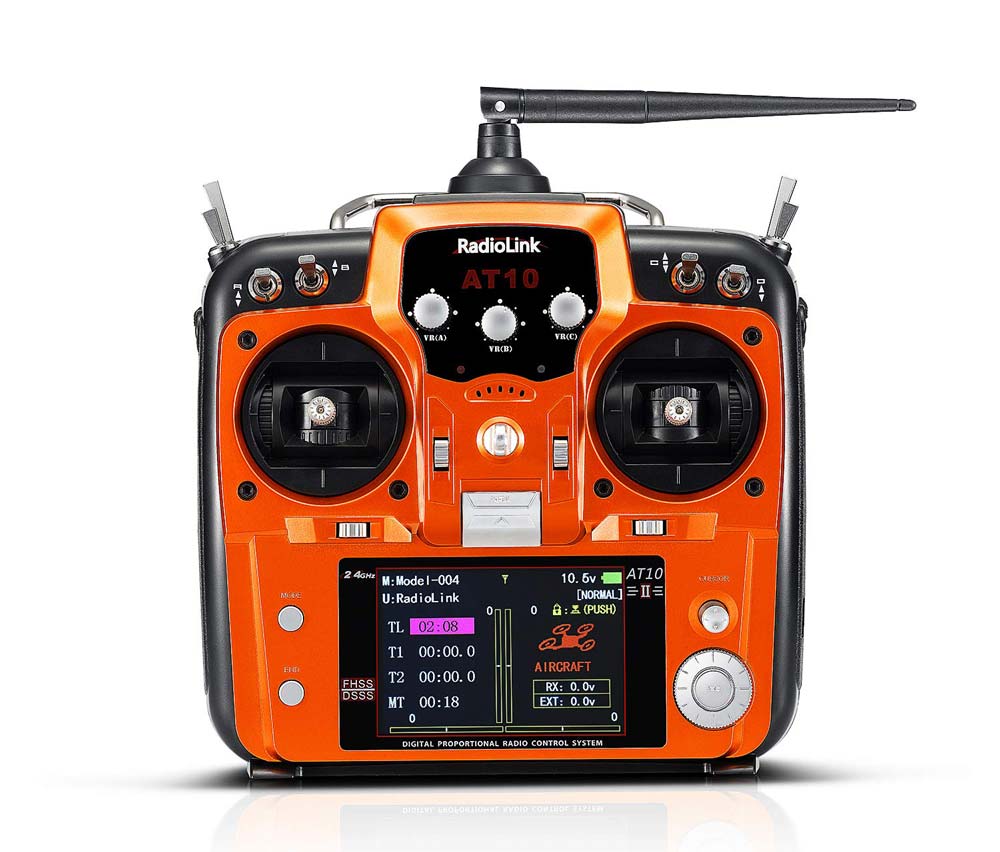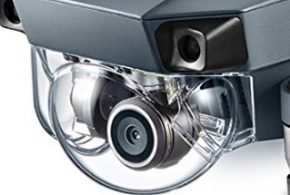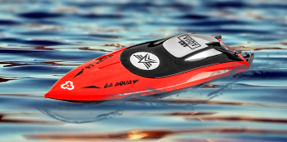Best Drone Controller in 2019: How Do I Choose?

Looking for a drone controller (which is also called a radio transmitter) can be difficult because of all the specifications you have to compareto find the best one. Each controller is different from the next. There’s not exactly a very best controller to buy; it really depends on what type of drone you’re going to be controlling. Some drones have different, or more, requirements than others and will be more difficult to fly no matter what controller you decide to use.
Let’s take a look at some of the necessities when it comes to finding the drone controller that will suit you best. There is so much more to radio transmitters than just these factors, but the ones I have mentioned are the most important and will have the biggest impact on your flying experience.
Controller Necessities
First of all, take into consideration the overall look of the controller, but don’t dwell on it too much. The features and specifications of it are far more imperative since that’s what allows you to control your drone.
The first aspect you need to look at when shopping for a drone controller is how many frequency channels it has. Typically, 6 to 8 channels are used for a multi-rotor drone. Four of the channels are used by the gimbals alone (the sticks you use to control the drone).
The rest of the channels are for the use of other switches on the remote transmitter plus different flight modes. Any additional accessories or attachments you add onto your drone, and the controller will start to require more channels to be utilized.
Go for a controller that has at least 16 channels. It is going to be the safest bet so that you always have extra channels available if you need them.
The size of the battery is important when searching for the best drone controller as well. Battery power is measured in milliamp hours (mAh). Some controllers have just a few hundred mAh, while others have a few thousand. More power is better, but most multi-rotor drones have a flight time of 25 to 35 minutes at a time anyway.
Larger drones or drones that have many rotors, such as a hexacopter drone or anoctocopter drone, will need a lot more power than a quadcopter. This is because extra rotors require extra energy to power them.
You should also check to see which type of receivers the controller for your built-in camera drone is compatible with. Even then, if you don’t see the correct receiver on the list, then you can always get an external module, which allows you to connect to additional receiver types.
16-Channel Radio Transmitters
These are the top three radio transmitters or controllers that you should consider using with your drone; all have 16 frequency channels. The exact specifications are listed under each, also a link for further information and pricing on Amazon.
FrSky Taranis X9D Plus
The FrSky Taranis X9D Plus is the top-rated radio transmitter for drones. It can get up to 16 frequency channels. This controller is compatible with FrSky X series, D series, L series, and V8-II series receivers. It comes with a 2000mAh battery and has an operating current of 270mAh.
FrSky 2.4 GHz ACCST Taranis Q X7
These flight controllers are also very popular, not just for looks but also for its real-time flight data logging capabilities. This one has an 800mAh battery, which is substantially less power than what the X9D has. One of the benefits of using this controller is that it can be used with a drone simulator software on PC. It is compatible with FrSky D series and V8-II series receivers plus other receivers if an external module is used.
FrSky X-Lite 2.4GHz
This lightweight controller is another radio transmitter made by FrSky. It has an internal antenna and external antenna connectors, as well as haptic vibration alerts and voice speech outputs. It has a much simpler look than the other two 16-Ch controllers and is easier to hold in your hands. This controller can be used for fixed-wing drones as well as single-rotor and multi-rotor because of the four switches and two sliders. It can link up to other FrSky radios as well as to the FrSky app for monitoring telemetry and configuring receivers.
12-Channel Radio Transmitter
Radiolink AT10II 2.4 GHz
This drone controller only has 12 channels rather than 16. It also has a large, easy to see LCD screen that lights up when the alarm goes off.It has a low RSSI alarm setting. You can also view, in real time, the latitude, speed, climb, RSSI value, distance, satellite number, voltage value, etc. It can be used as a controller for racing drones, single-rotor or helicopter drones, multi-rotor drones, RC cars or boats. It has a dual antenna receiver which reaches to 1000m on the ground and 4000 in air.
Buying Your New Drone Controller
Learning how to fly a drone, whether it’s for personal, professional or commercial reasons, is an exciting new skill to learn for beginners. For the best and most rewarding flight experience, you will want the best drone controller. Pay attention to the details and specifications of each type of controller you look at, especially at the capability information. It sure would be hard to control your drone when the controller doesn’t even connect to it.
After buying your drone, try looking on Amazon or other websites at what flight controllers are recommended to be best for it. It’s also not a bad idea to look at the reviews also to see what other people have said about the controller and how well it works. At least three of the drone controllers in this article work with almost all drone types.
Fixed-wing flying drones are probably the hardest to find a nice controller for in the drone market, considering there aren’t tons of amazing options out there in the first place. The brand FrSky is a great place to start; they offer the most and make very reliable drone controllers.

